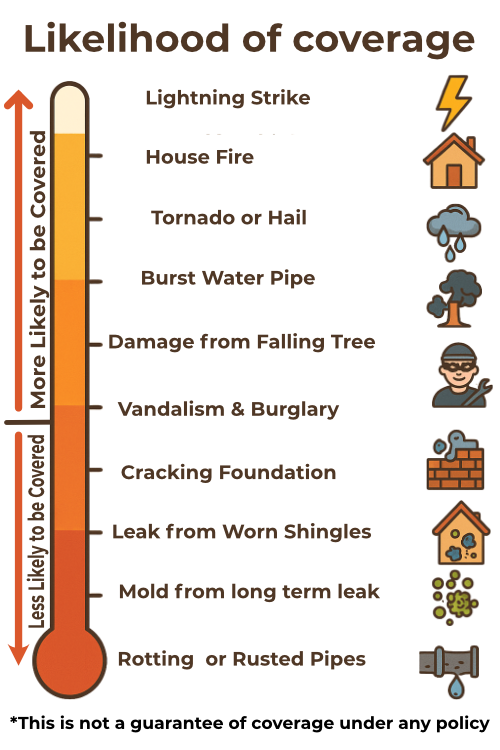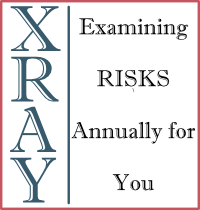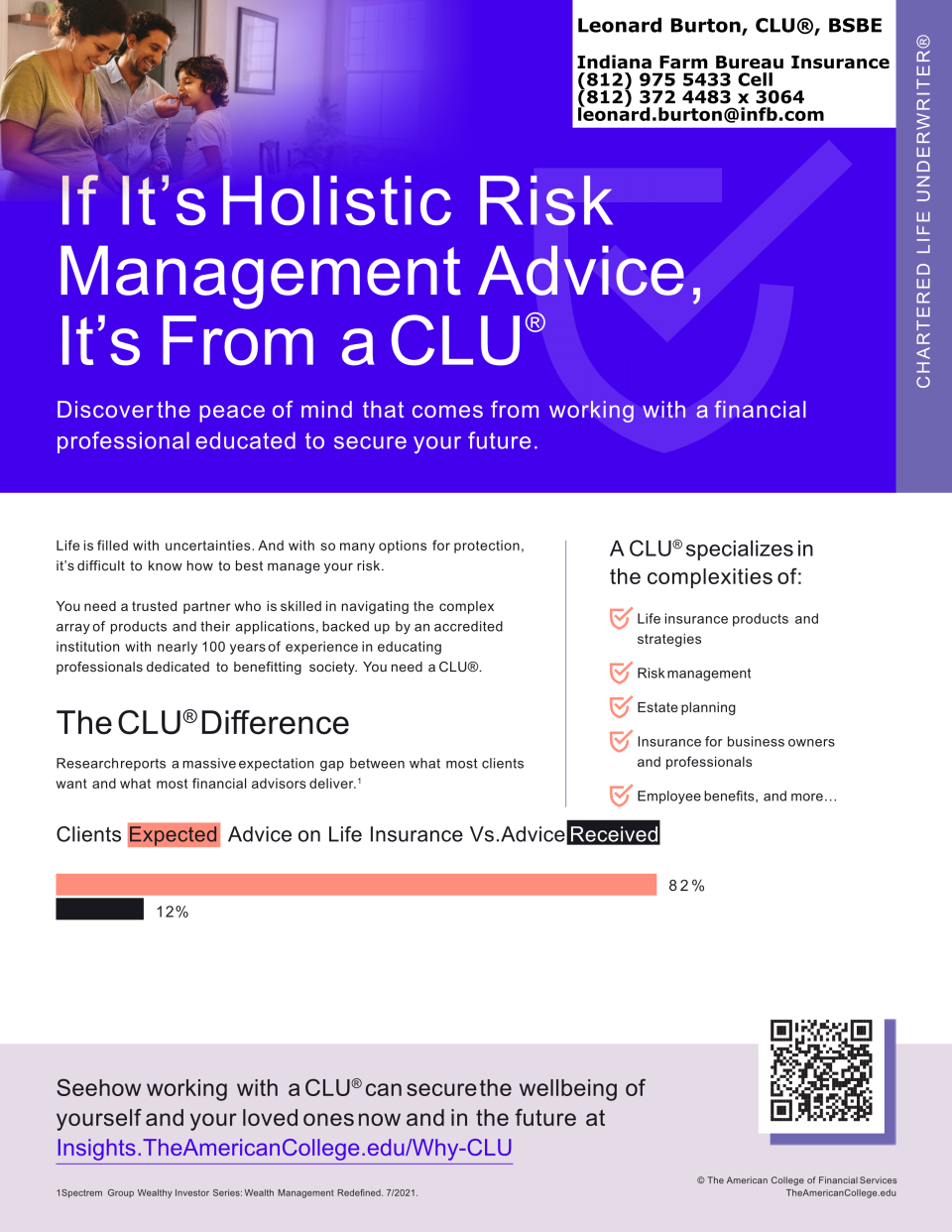
![]()
Since I've been in the world of insurance, I can't think of anything I've heard more often than "Lenny, I came here to lower my cost, not increase them!"
Usually spoken with a hesitation and cracking voice, the person recognizes that yes, their family is undercovered - a true shame. My job is not just to save someone money when it comes to the premium payments, it's to put their family in a truly better position. There is often a better solution!
The Teeter-Totter Effect: How Deductibles and Coverage Balance Each Other
Many times, increasing your deductible can more than offset the increased cost of higher coverages. Sometimes, increasing the deductible will allow for some savings even after adding additional coverages!
If your goal is to keep your premium the same or less, then Deductibles and Coverages become a teeter-totter. A deductible, more or less, puts more responsibility on you upfront. Increasing your coverages puts more responsibility on the insurance company in the back.
If the insurance company pays $500 less upfront, their policy may be setup to pay tens-of-thousands or hundreds-of-thousands more after the change is made.
Real-Life Examples: How Higher Deductibles Can Lead to Stronger Protection
I've seen people increase their deductibles on their homes from $1,000 to $2,500, which is only an additional $1,500 and then they were able to make sure their home was covered for approximately $50,0000 more and were able to add Earthquake Coverage and Water Backup.
I had a young man buying his first home. We increased his auto deductible from $500 to $1,000 and wrote his home policy so that instead of a $1,000 deductible, it came with a $2,500 deductible. This allowed him to get a life insurance policy to make sure that if he can't take care of his brother due to his untimely death, that his brother would have $250,000. Increasing his home deductible by $1,500 and his auto deductible by $500 allowed him to add all of this additional coverage!
Where This Strategy Shines: Policies That Benefit Most From a Teeter-Totter Approach
The Teeter-Totter strategy works primarily with certain policies in many, but not all, states. Ideally, you should ask your Risk Management professional to share with you how much the difference in rate is if you increase your deductibles and add additional coverages.
It also is a homerun for someone who can comfortably absorb the increase in deductible. Working people can usually find ways to handle a $1,500 higher deductible, and this is where the strategy shines the most!
The Hidden Cost of Small Deductibles: How Inflation in Home and Auto Values Magnifies Premiums
According to some Internet sleuthing, I found the average cost of a new car in 1980 was around $7,200. I plugged that number into the Westegg Inflation Calculator and today that is an adjusted amount of about $27.850!
However, cars in 1980 are nearly unrecognizable when comparing to cars sold today. Crumple zones, independent braking, the much improved motor mounts, passenger safety, and vastly improved corrosion resistance have made cars so they cost approximately $48,000!
A $500 deductible in 1980 was about 7% of that average car cost. In 2025 that same $500 is just a little more than 1%! Just factoring the MSRP only, your insurance policy has to cover about 7 times more for the same deductible! A $1,000 deductible increases this to about 2% of the average car cost. Oftentimes, that translates to better coverages elsewhere!
When a Low Deductible Still Makes Sense: Times to Avoid the Teeter-Totter Strategy
There are 3 times, I can think of, where this strategy is contraindicated.
- When you are absolutely unable to handle the increase in deductible, seniors only receiving Social Security or people in a financial crunch.
- If you live in a state where insurance is designed differently.
- If you don't mind an increased premium to cover higher coverages while maintaining lower deductibles.
Learn More
Here are some resources with more information about deductibles








